The Anatomy of a Pencil
By Sheila Ceccarelli photographs by Miluka (Aged 14 and student at AccessArt’s Experimental Drawing Class)
This is an AccessArt exercise designed to make you think about the potential of the pencil as a tool to create a whole repertoire of marks and lines with different weights, frequencies, depths and lengths.
Try this exercise with a variety pencils from soft (5B-9B) to hard (in the F and H range).
Top tips for making beautiful lines:
Think about the lines you are making and be ‘mindful,’ or in the ‘here and now’.
Think about the paper as a ‘place’ that your pencil is exploring. You are taking the pencil on a journey on and through that space.
Enjoy exploring ‘frequency’ and ‘tempo’ of making pencil marks by changing the speed, pressure and energy with which you work.
See what happens if you apply and release pressure through the pencil and try to unlearn how to hold a pencil.
Vertical pencil movements and positions:
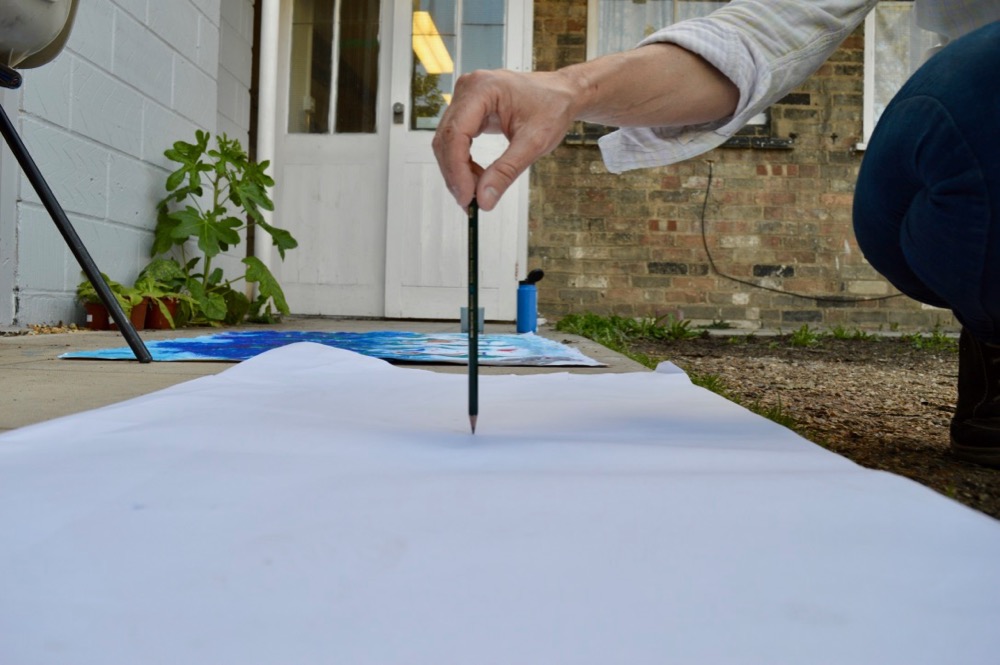
Words to help you make marks: flick, stroke, float, crawl, flutter, tap, dart, pirouette, pivot, touch, comb, drip, drop
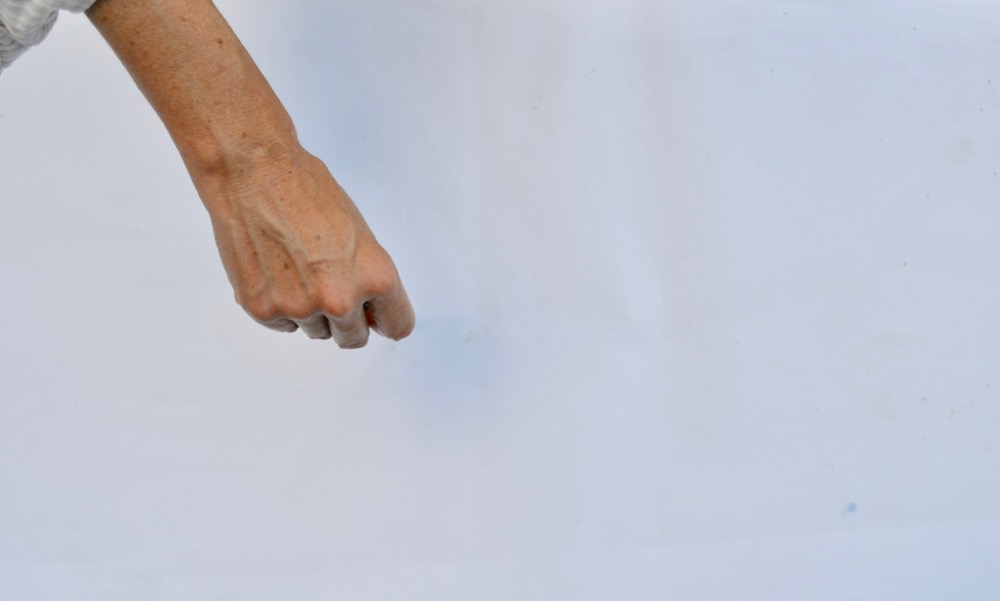
Words to help you make marks: bore, stop, skid, flip, drill, collide, wedge, pause, twist, stir, poke, rotate, skip, dive
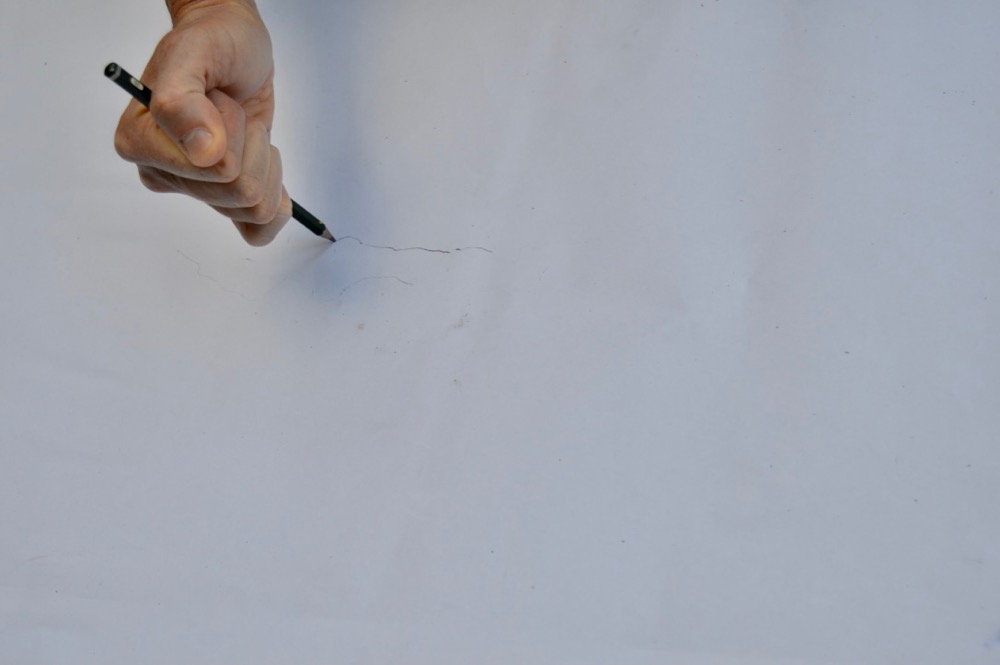
Words to help you make marks: drag, release, stop, start, apply, pause, collect, hesitate, proceed, staccato, strike, pulse, jig
Horizontal pencil movements and positions:
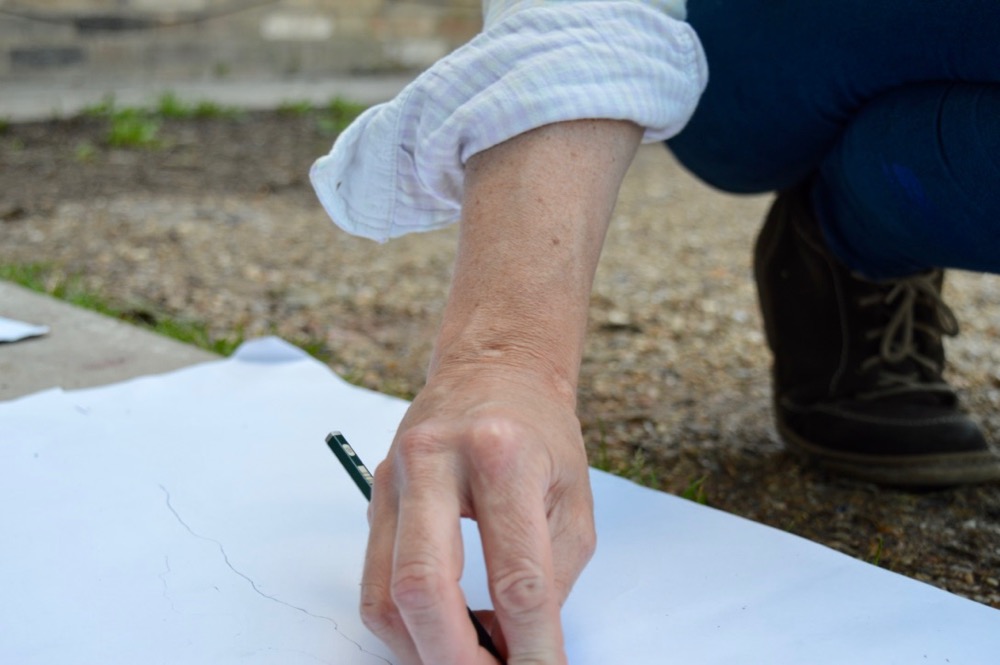
Words to help you make marks: relax, gentle, release, flow, push, bare, ponder, forget, zig-zag, melt
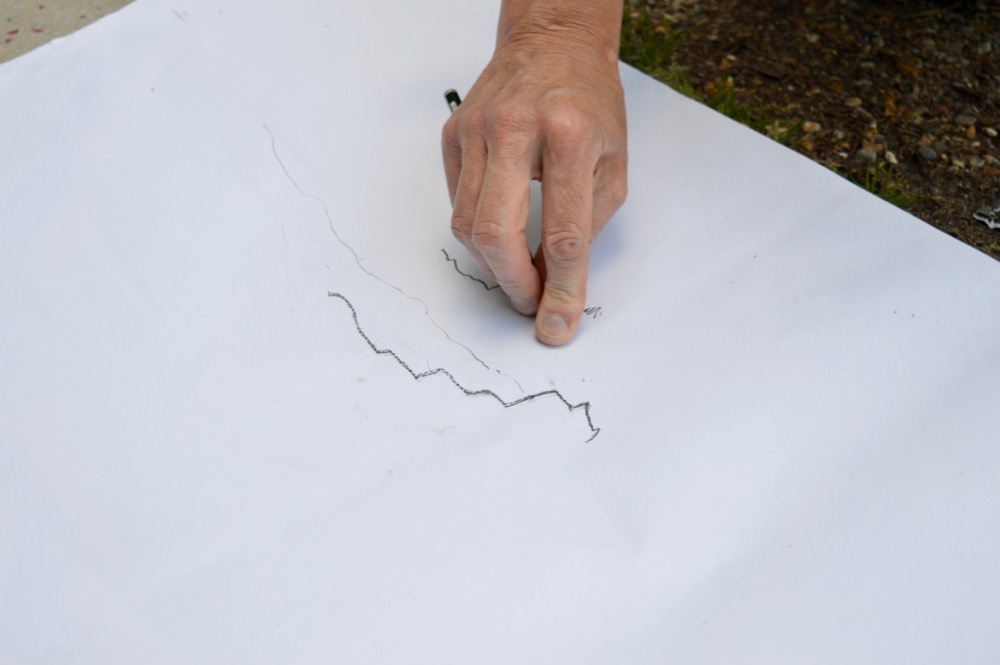
Words to help you make marks: guide, stop, press, stop, meander, stop, ebb, stop, move, consider, journey, stop, vibrato, consider, oscillate, stop, forge, press, step, stop, consider, slip, stop.
Many thanks to Miluka from AccessArt’s Experimental Drawing Class, for spontaneously taking photographs for me to do this demonstration.
Follow thumbnails below to see more examples of an anatomy and use of a pencil.

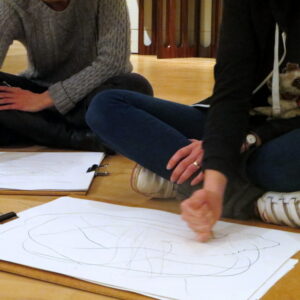
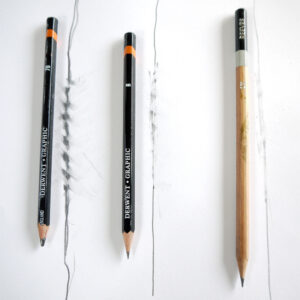
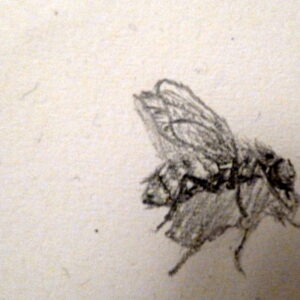
Emma Hallmark
September 1, 2017 @ 8:04 am
Fantastic and much needed, particularly with the rise of more non- specialists teaching Art.